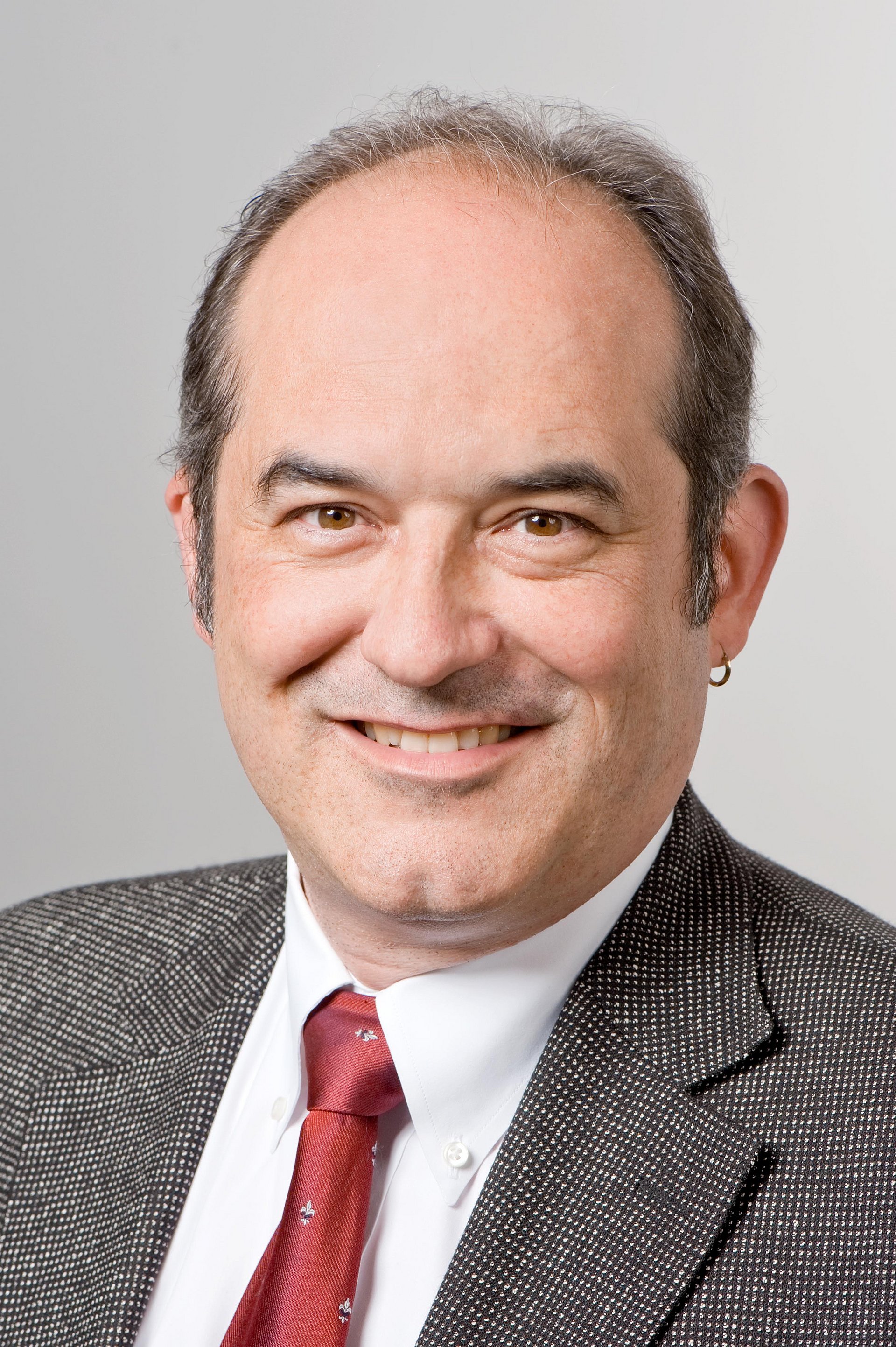Diversity and Talent Management:
Diversity is a Source of Creativity

Diversity refers to a "variety" or a "difference" and specifies a concept of corporate governance the TUM is dedicated to. What does that mean?
KD: It is our goal to ensure that ALL the people who are connected to the TUM have equal opportunities – regardless of gender, nationality, religion or worldview, of any disabilities, of their age or sexual orientation. We are trying to get rid of any form of discrimination in order to bring together all the differences at the TUM. Empirical studies have proven that creativity arises where differences are able to interact within teams.
The equality of men and women is an important aspect.
KD: It is one of our specific tasks to ensure equal chances for women in the field of engineering and natural sciences. A lot has already been achieved at the TUM, but we should not step down. In some departments, women already make up more than 50 percent of the students, but there are still only a few female professors. How can this happen? We need to take a look at the career paths, the whole chain. Are women being discriminated by the other people involved or by the system itself?
And what is talent management all about?
KD: The key question is how to support our talents along in an optimal way, how to create career opportunities for them. Our University has a remarkable spectrum of diversity – and we need it too, not only regarding the professors, but also in every other respect. We must offer a diverse range of choices, in particular for candidates in a tenure track system for example. We will have many highly qualified young employees, but not all of them will reach an appointment. What happens to them who drop out? We need to provide them with a professional qualification program, a kind of training course –leading to a certificate, maybe like "TUM-approved Science Manager", something that the outside world can rely on. People need to be able to make choices, to decide which way to go.
You have an excellent reputation as a university lecturer and the donor’s association awarded you for your approach towards teaching just recently. The field of diversity and talent management seems unusual. How did you get involved?
KD: The issue is not really new to me. My wife is a social pedagogue. We often discussed career opportunities for women. When Gender Studies in Engineering were introduced to the El Faculty, I was a member of the appointments committee. After that, I was responsible for gender and women's issues at the board of the CoTeSys cluster. I also worked on the gender concept of the application for the Excellence-Initiative of 2011. This took me to the Gender and Diversity Board first – and now to the Presidium. I’m enthusiastic about my new assignment and it’s the scope reaches far beyond my faculty now. It is exciting for me to be able to create something new and help to get things going.
What kinds of reactions did you get?
KD: I didn’t really anticipate as much feedback from all sides. I felt I was trusted before I even started – which really moved me personally. Also, I was surprised by the huge public interest in the issue. To my astonishment, I was – and still am – often questioned from the outside, maybe because "gender" is now represented by a man. Is that so unusual? I don’t think so, because the gender-issue itself is not gender-specific.
What is the most important topic for you?
KD: It is my duty to work for the sake of the PEOPLE, because we are very subject-oriented already. But the people need to identify themselves with the whole thing. If anyone thinks I’m just doing a bit of women-ballyhoo … I’m not! I want to work for the personal needs of all the employees – female and male alike. Direct contact is especially important for me. As a Vice President I am still accessible for everyone.
Among other things, the TUM’s Code of Conduct also states that the variety of courses is designed to allow diversity. What are the core characteristics of gender-equal teaching?
KD: We must create studying conditions in which the students are able to develop their individual skills. The talent is there. As for gender-equal approaches towards teaching, the issue is still quite new for me, so I will be especially observant.
Some kind of cultural change seems necessary to create an understanding for diversity – how can this be conveyed?
KD: We will have to think about this some more. For example, my students create great movies, so why not try to communicate using films? The issue affects everyone and it is not merely a theoretical. It should come across in an easy and entertaining style to be able to address people emotionally. I guess we’ll be able to work out some good ideas …
Prof. Dr.-Ing. Klaus Diepold studied Electrical and Computer Engineering and earned a PhD at the TUM. After that, he worked as a scientist and an entrepreneur in the Video/TV-industry in Munich, Oslo and New York. He was involved in creating MPEG standards (MPEG-4, MPEG-A) for more than 10 years. He holds the TUM’s Chair of Data Processing since 2002. He held lectures as a visiting professor in Canada and Australia. He is a board member of the Center for Digital Technology and Management (CDTM) and the board of the Cluster of Excellence "Cognition for Technical Systems" (CoTeSys). Since January 1st, 2013, he is the Vice President of the Technical University of Munich.